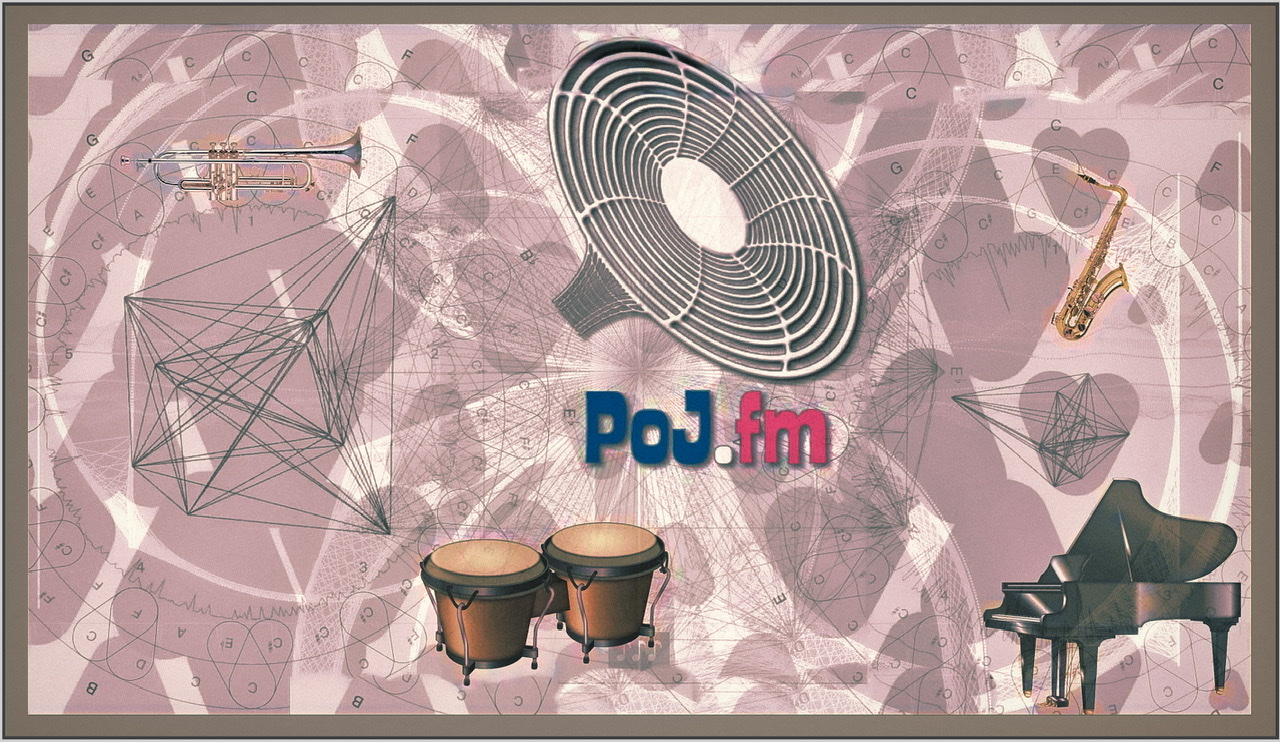Improvisation
- Click or tap on any subheading of the Contents Outline and you are taken to that section on this page.
- Click or tap on any Question/Topic and its page opens up. Any words below colored in bold in these instructions are hot links to the area designated. Click or tap on them to go to that area.
- If you have submitted your email in the Join Us link (located in the upper right corner on the top of the HOME page menu bar or under the Navigation menu on top left of each page) and have received a confirmation reply email, you may then edit the website as a writer/editor.
- To Login as a writer/editor, click on Personal located at the top left of the page, then click on login. To upload an image it must be either a .jpg, .jpeg, .png, or .gif and preferably a Creative Commons Zero (CC0) license. This means the pictures are completely free to be used for any legal purpose and free for personal and even commercial use. They can be modified, copied and distributed without asking for permission or setting a link to the source, so that attribution is not required. Click on the Tools menu bar located at top of page on right then fifth item down that says Upload file. Please read under the Wiki menu (located on home page or under Navigation menu), PoJ.fm's Format Philosophy for the Procedures and Protocols for uploading an image.
Contents
Discussion[edit]
Improvisation[edit]
Definition of Improvisation[edit]
- Ontimpr1. What is improvisation?
- Ontimpr8. The complexity of improvisation
- Ontimpr9. How two substantial jazz improvisations could be identical
- Ontimpr6. How to improvise music
Improvisation versus Composition[edit]
- Ontimpr10. Improvisation and Composition
- Ontimpr2. Is the best improvisation inferior to the best composition?
Mistakes and Improvisation[edit]
The Epistemology of Improvisation[edit]
Scientific investigations of improvisation[edit]
Bibliography on Jazz Improvisation with some Abstracts[edit]
Internet Resources on Improvisation[edit]
- Bill Evans liner notes for "Kind of Blue" explaining the nature of improvisation in both solo and group performances.
- Improviser's Toolkit at Soundfly.
- "Music Improvisation using Creativity + Music Theory: The Art & Science of Making Your Own Music" by Dr. Craig Rusbult, Ph.D. in Education from UW-Madison. Dr. Rusbult writes on the physics and physiology of harmony and the mathematics of music. He explains the relationships between musical factors in improvisation and composition by combining science and art with musical theory and creativity. He proves that most music, both improvised and composed, is based on the mathematical harmonies, sequential and simultaneous, that are the reason for the necessity of scales and chords in music (theory).
- Wikipedia on musical improvisation
- "The Mathematics of Musical Harmony" by Dr. Craig Rusbult, Ph.D. in Education from UW-Madison.
- "Why Melody is the Secret to Playing Better Jazz Solos" by Eric, August 10, 2018 at JazzAdvice.com.
- "Exploring Your Creativity On The Drumset," featured lesson at Drumeo.com by Mark Guiliana who says to focus on four parameters: Dynamics: the volume at which you play, Rate: also referred to as subdivision (e.g., quarter, eighth, or sixteenth notes), Orchestrations: where on the instrument you play, and Phrasing: where in time you play. This is known by the acronym DROP.



